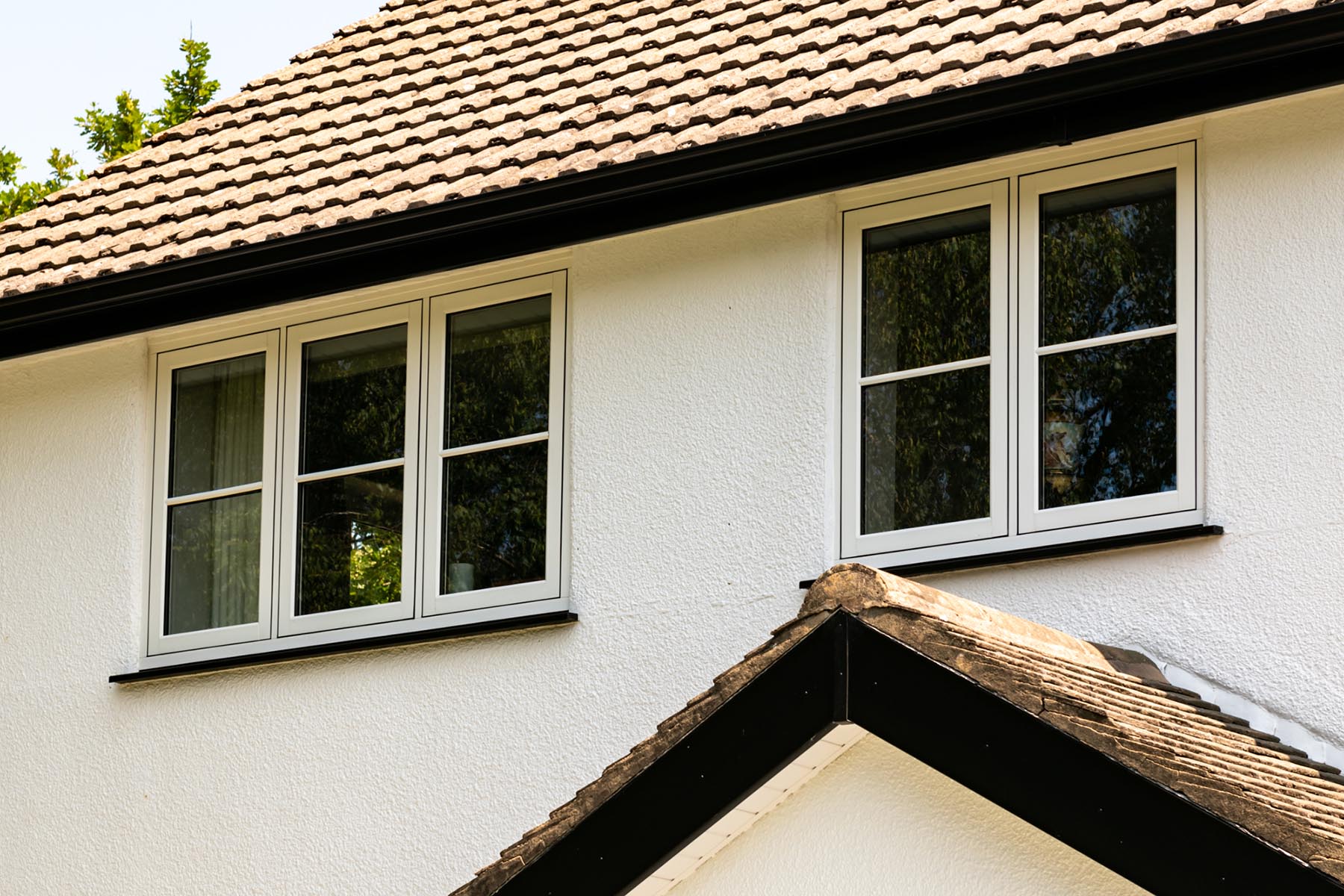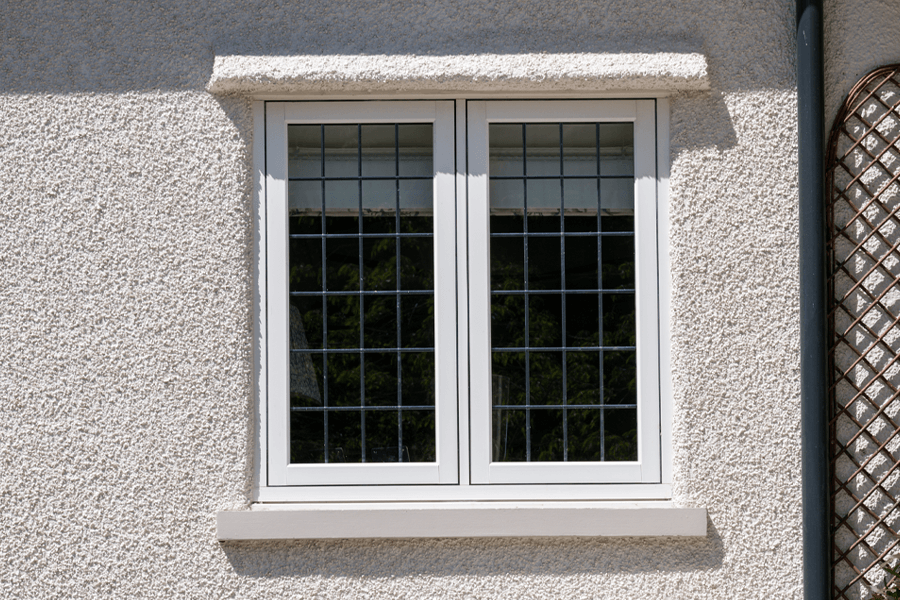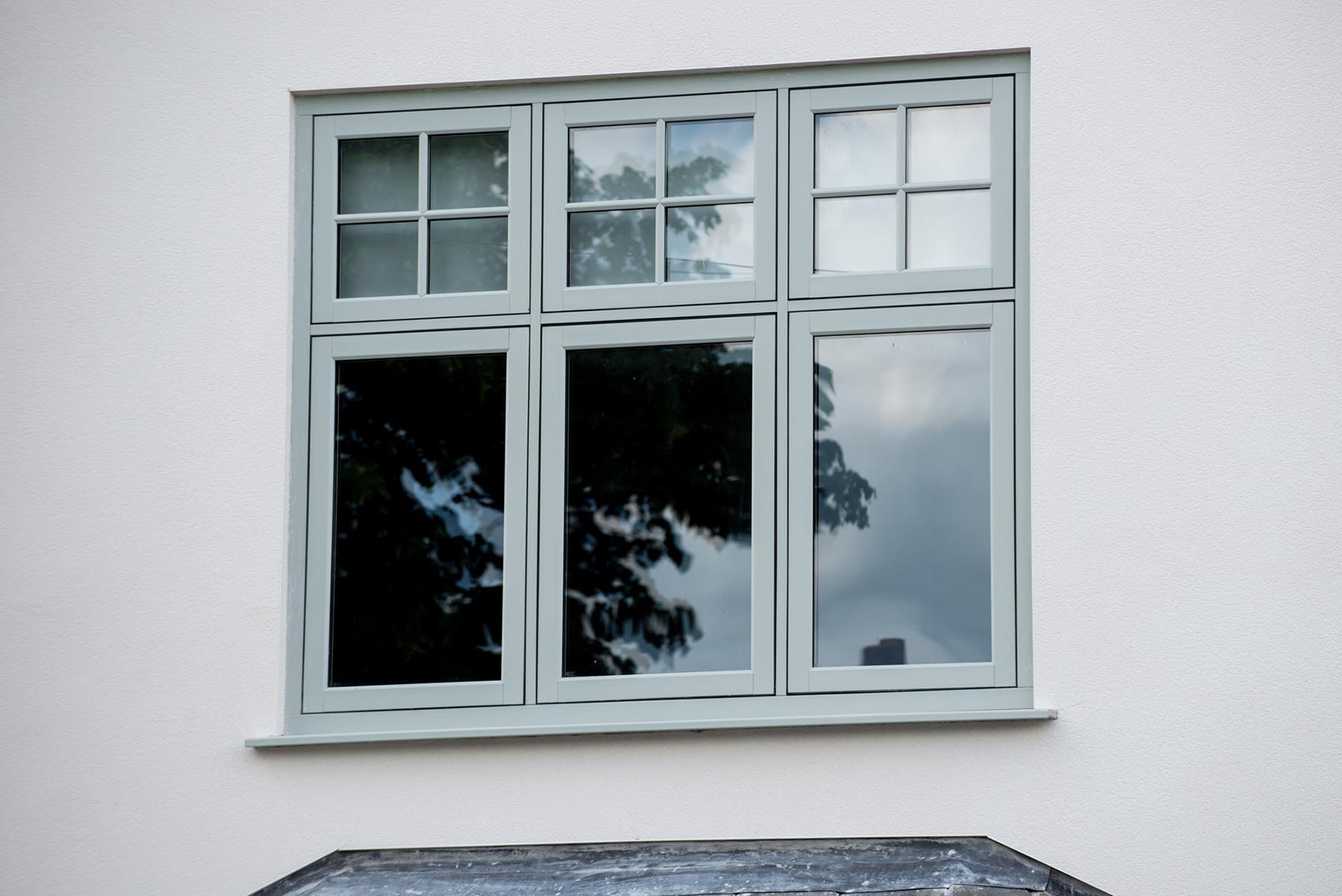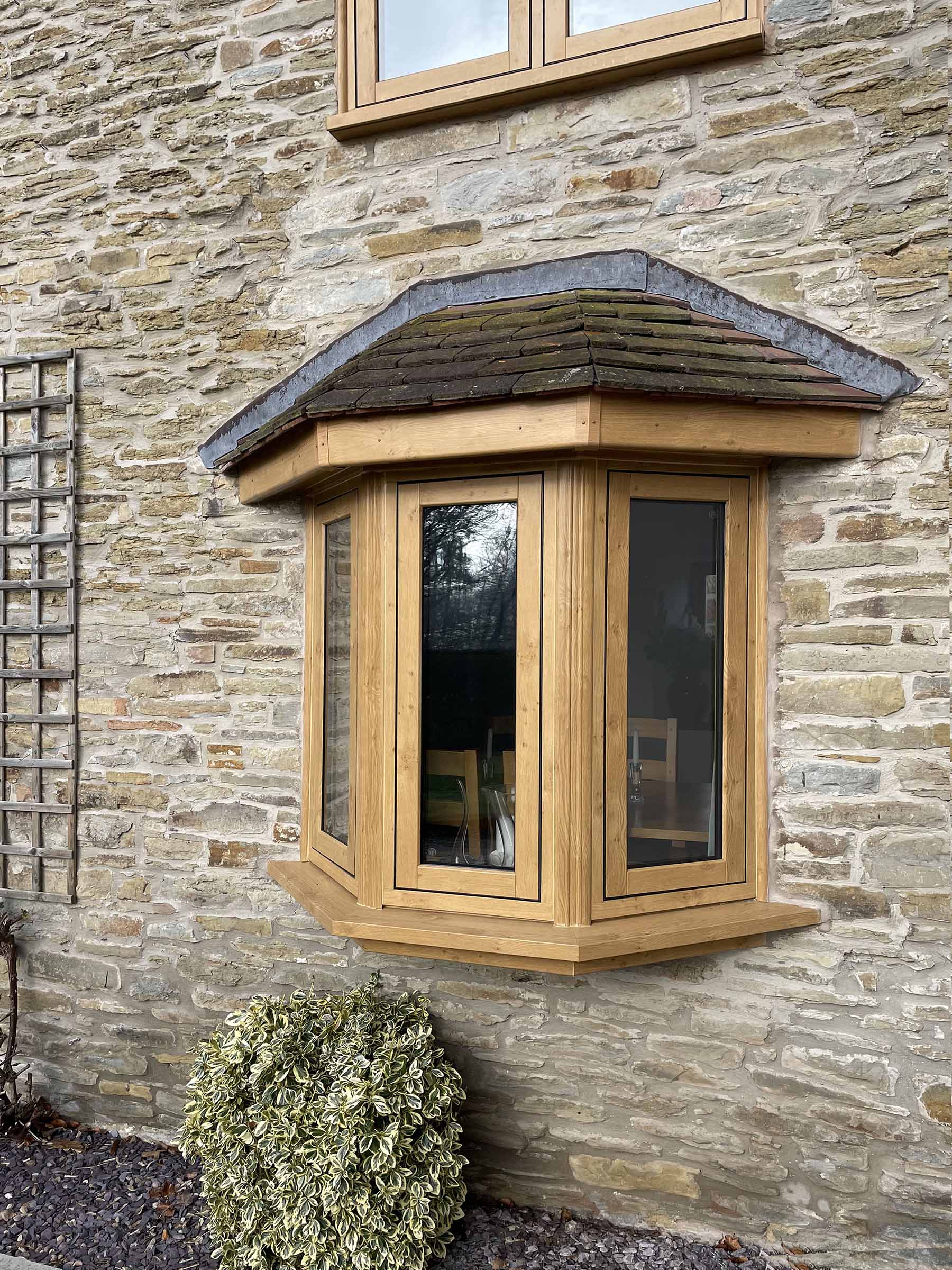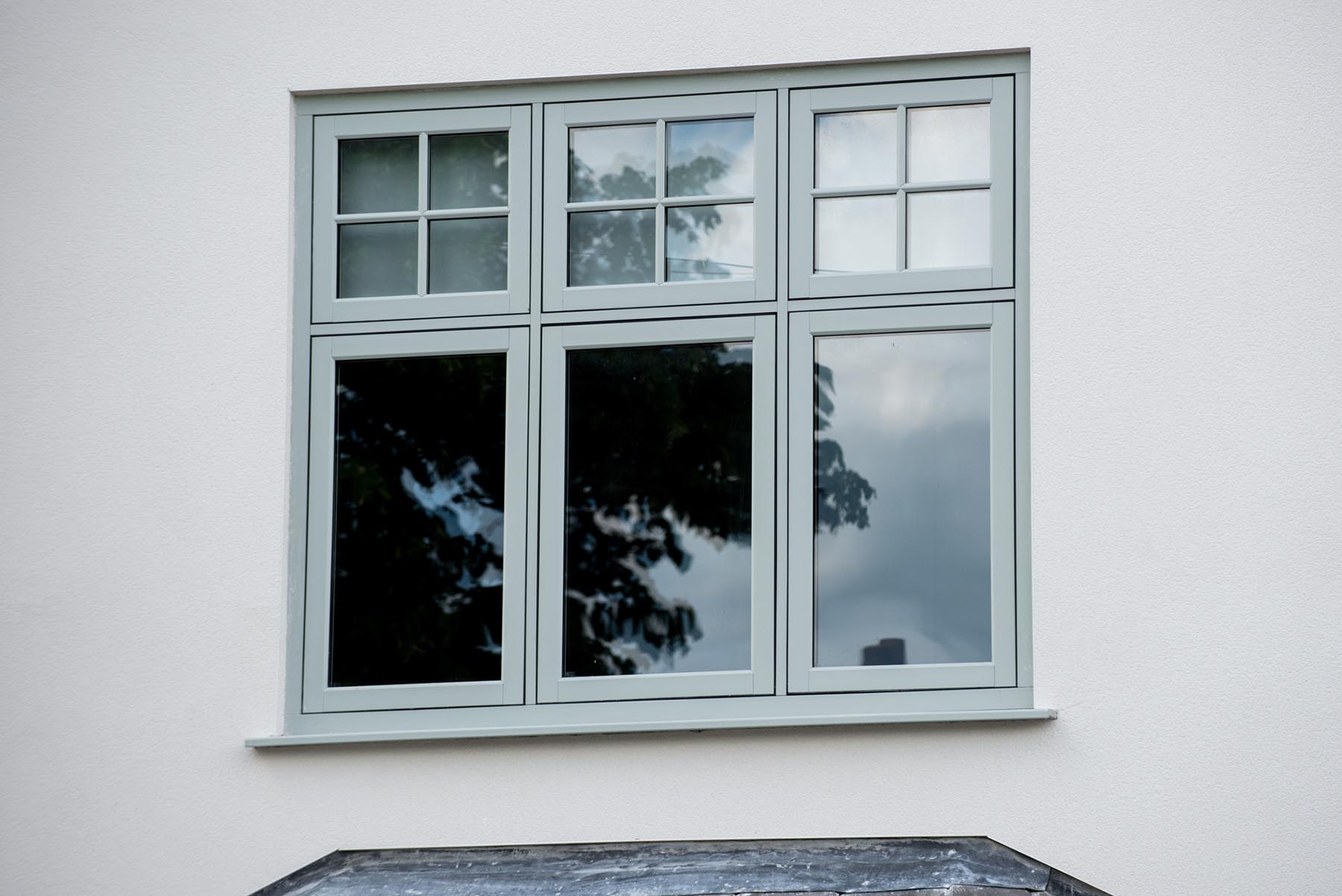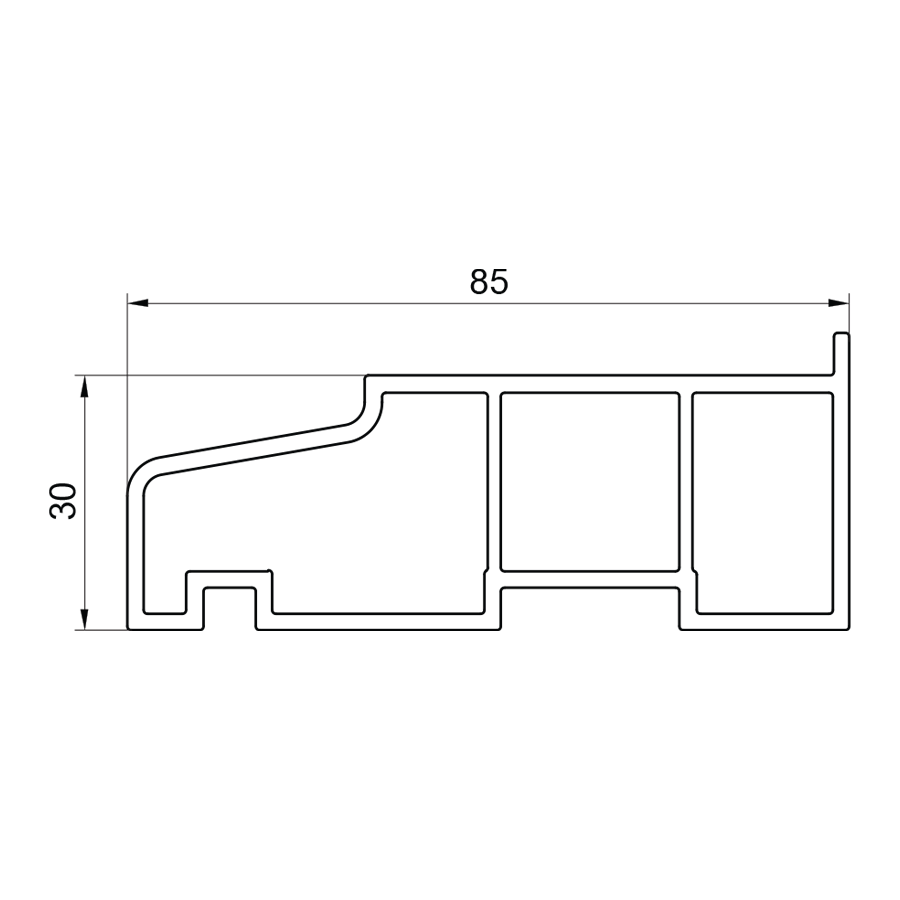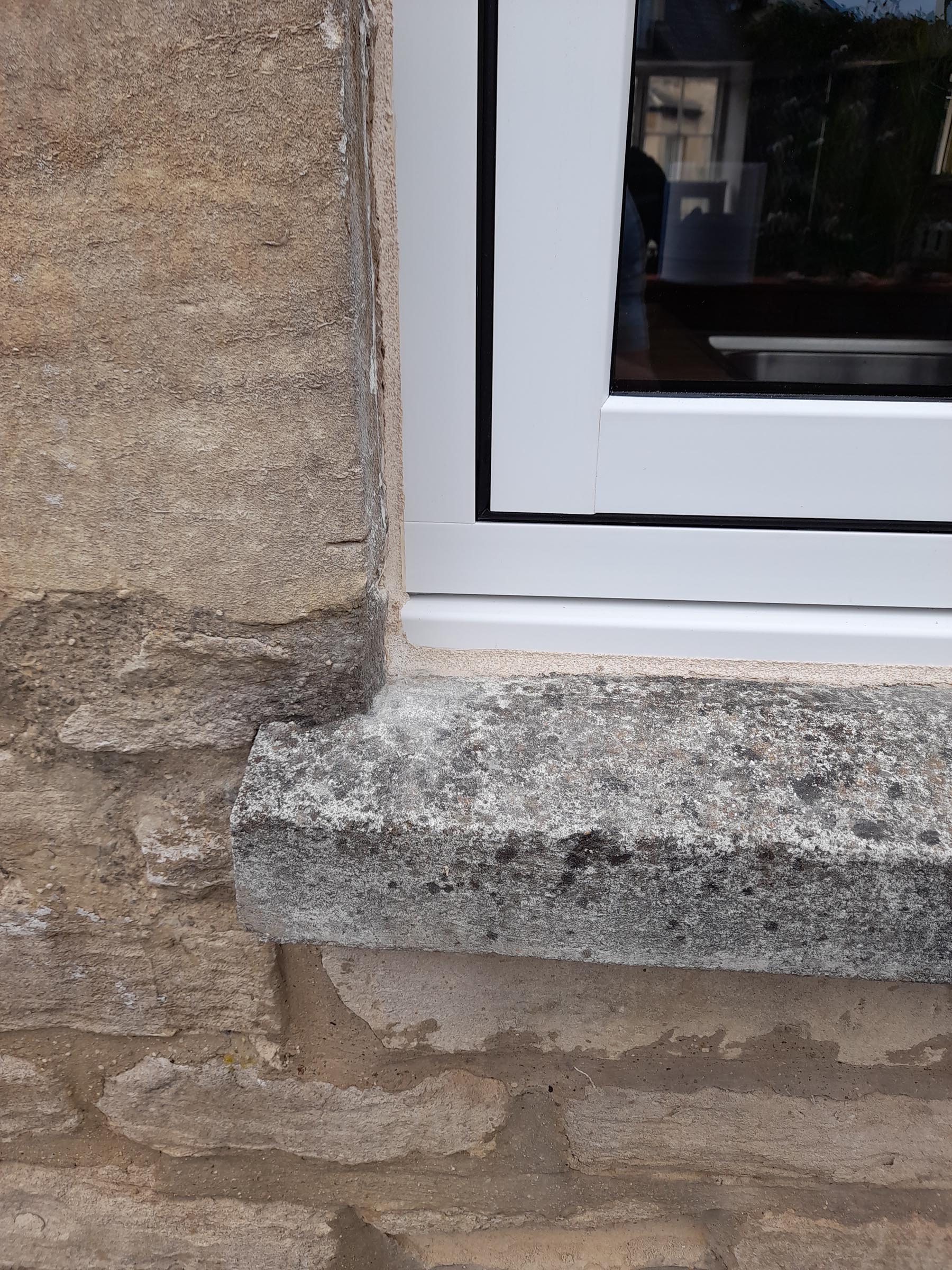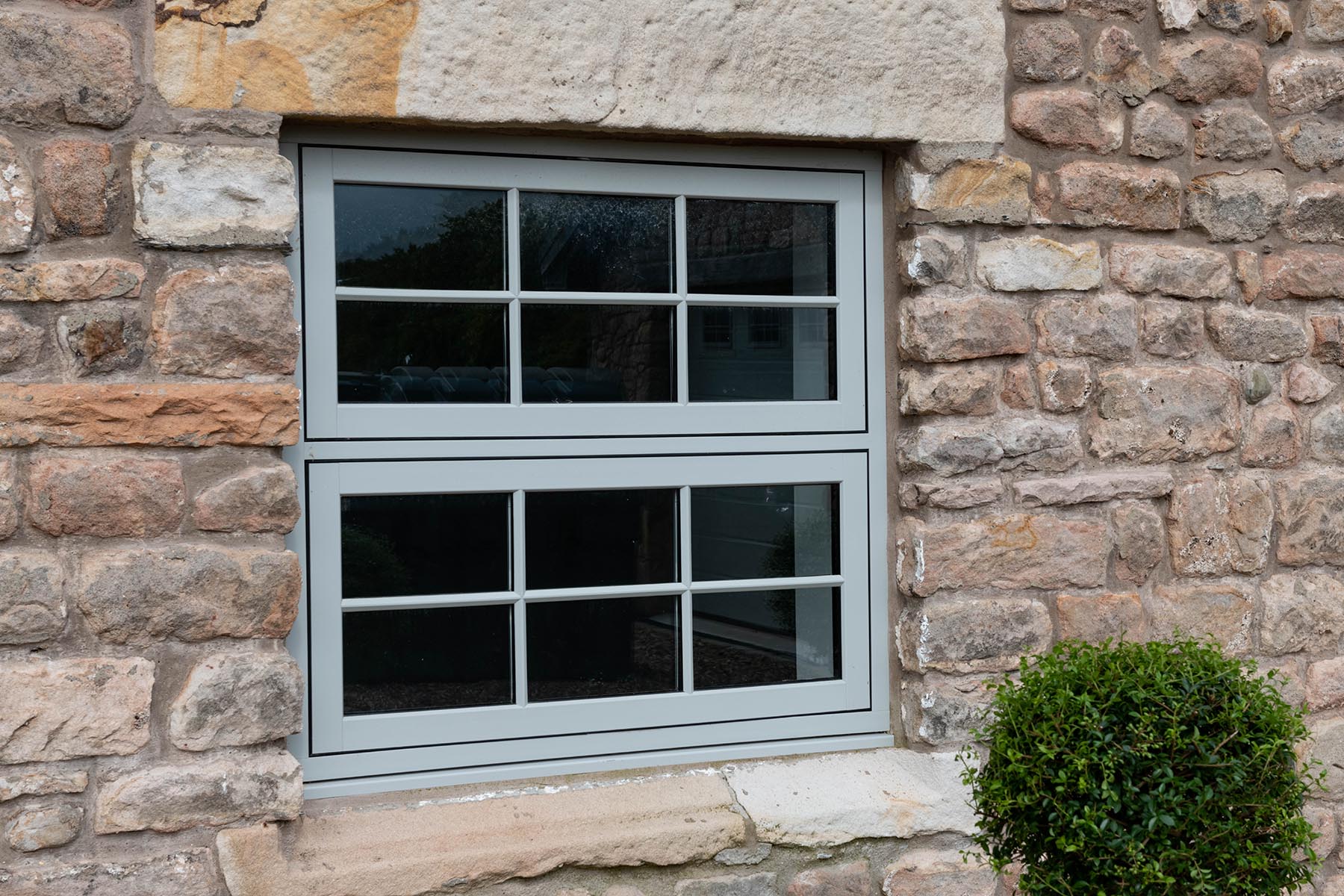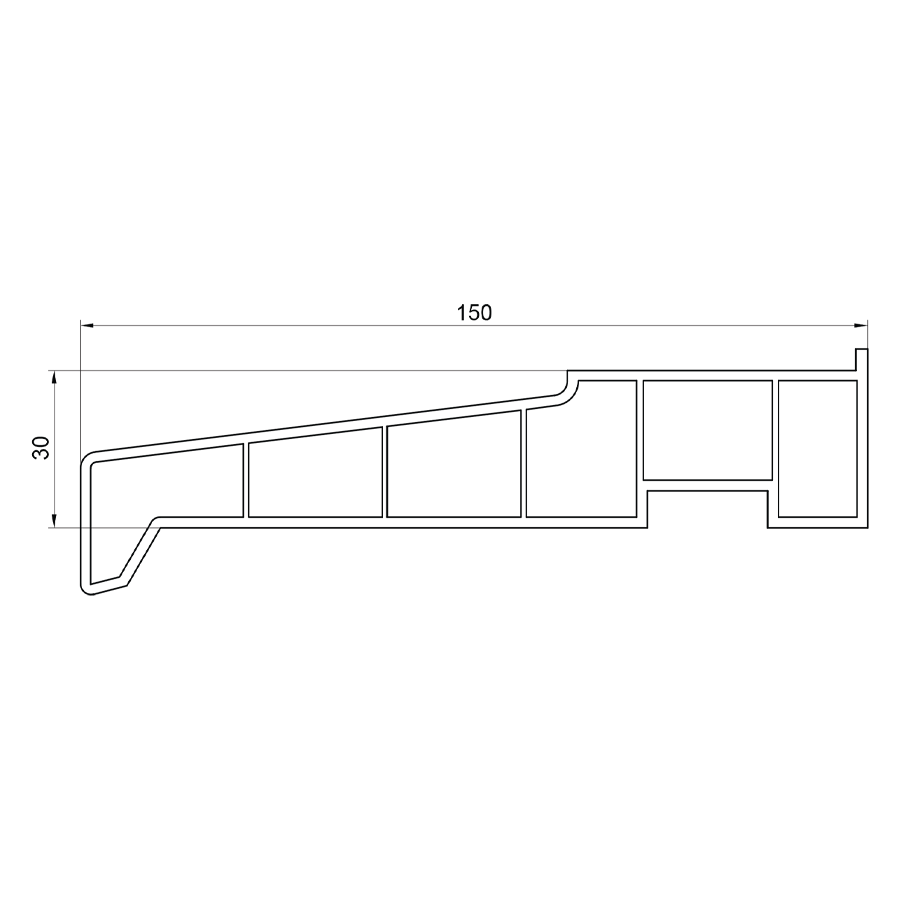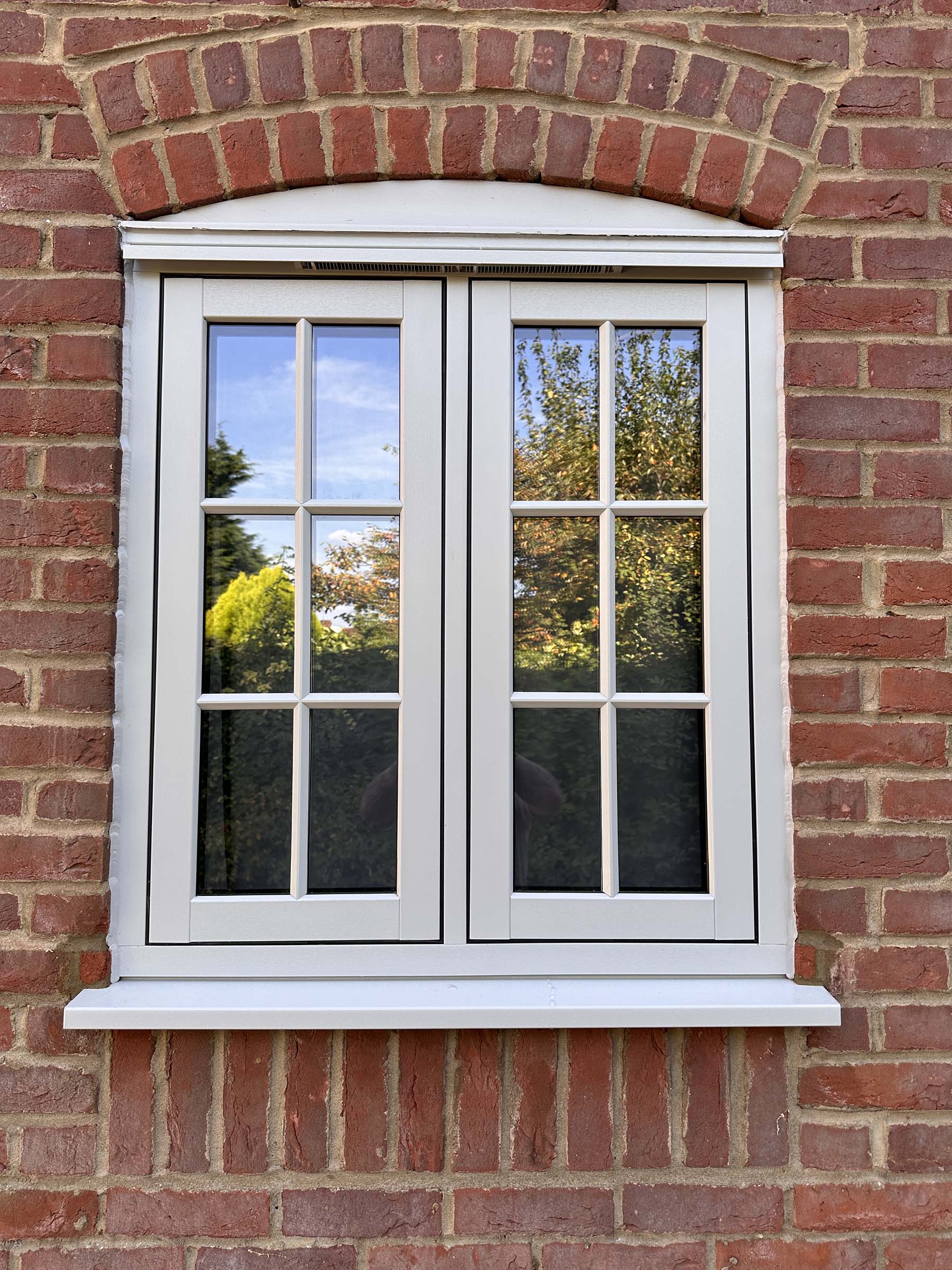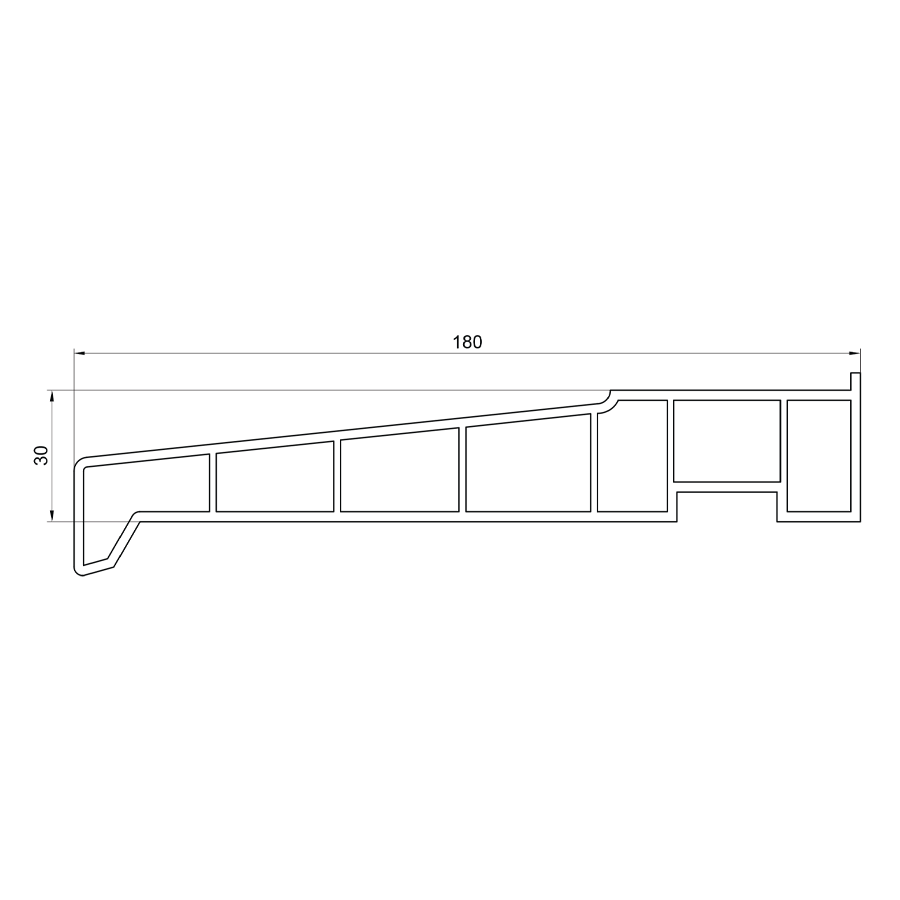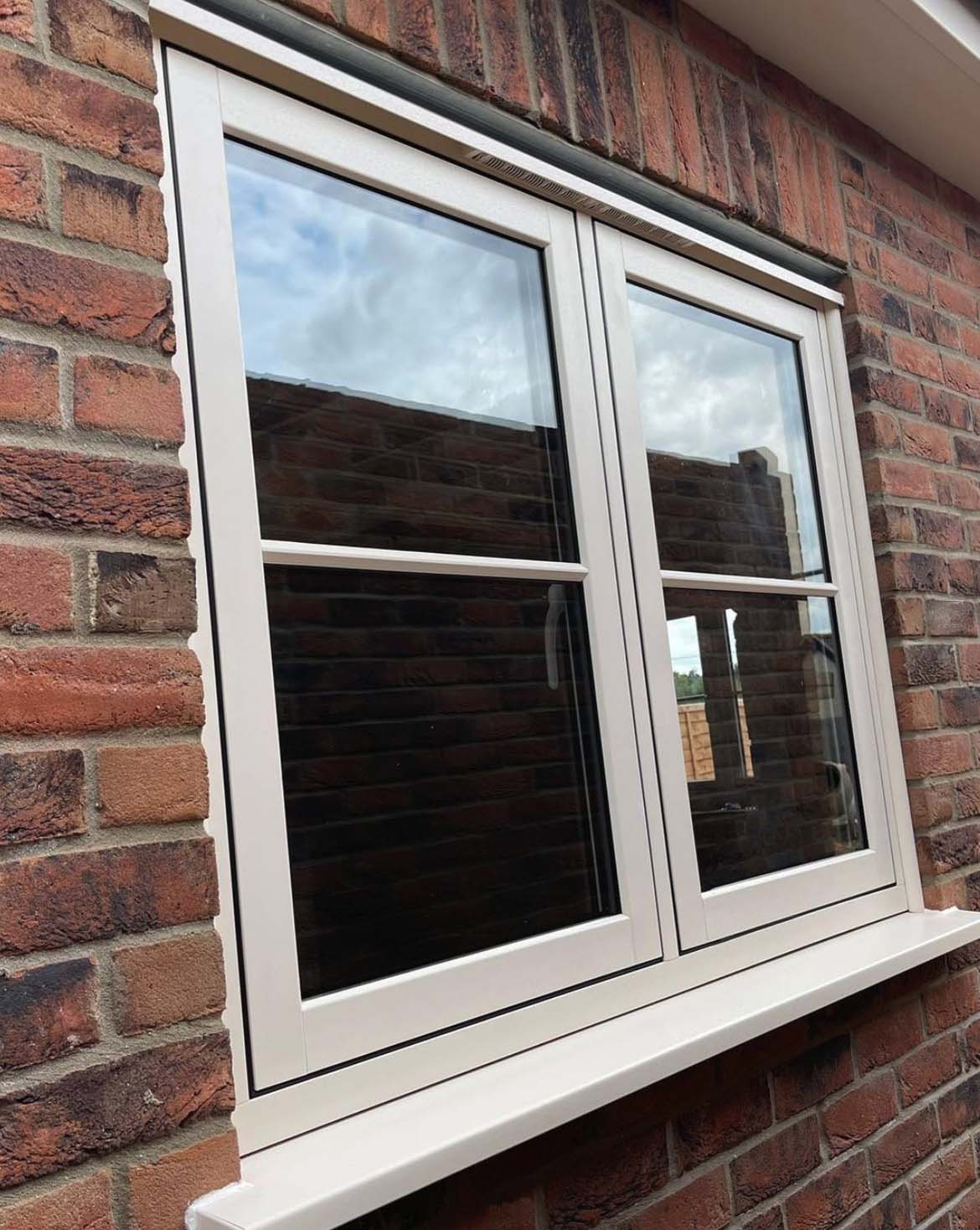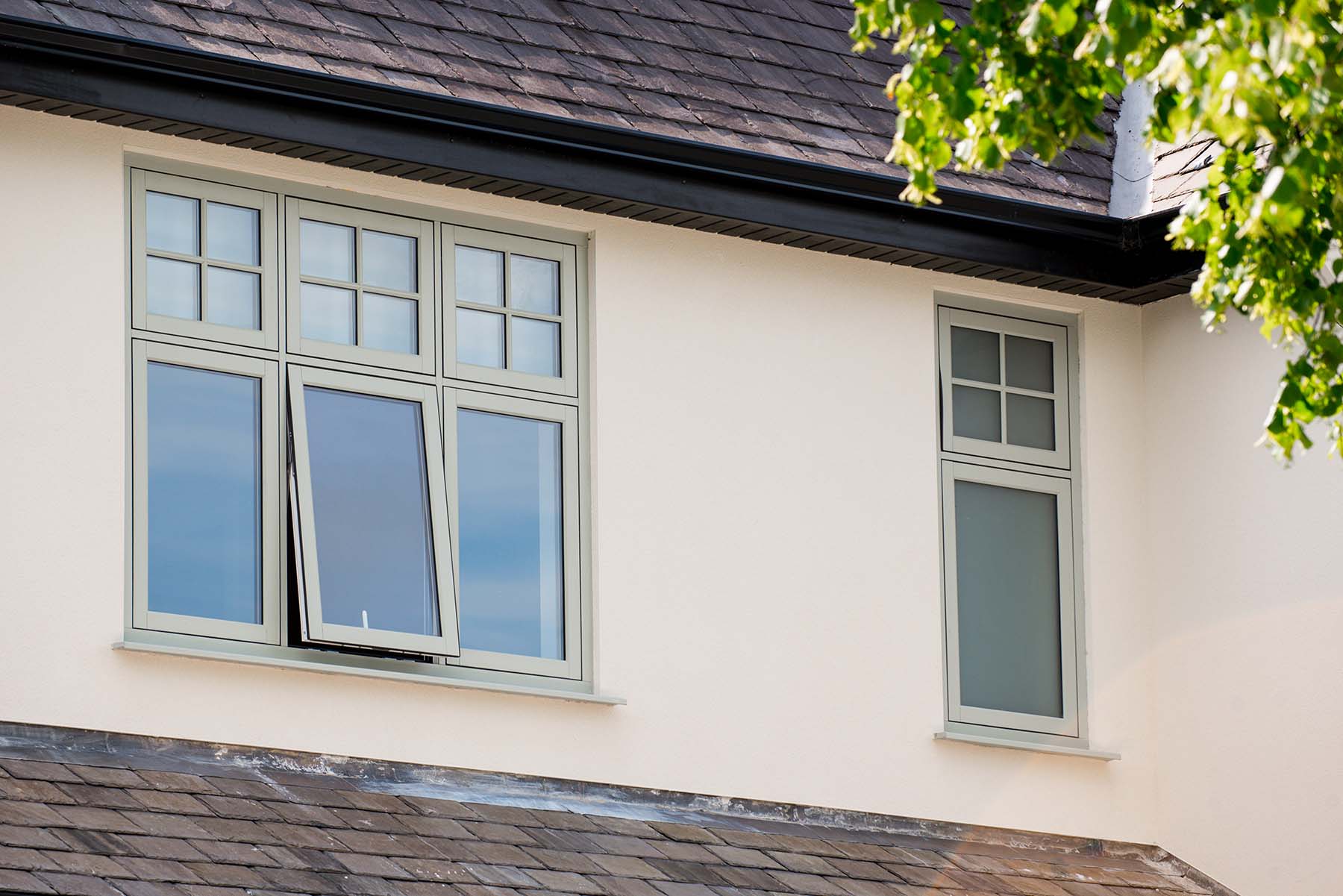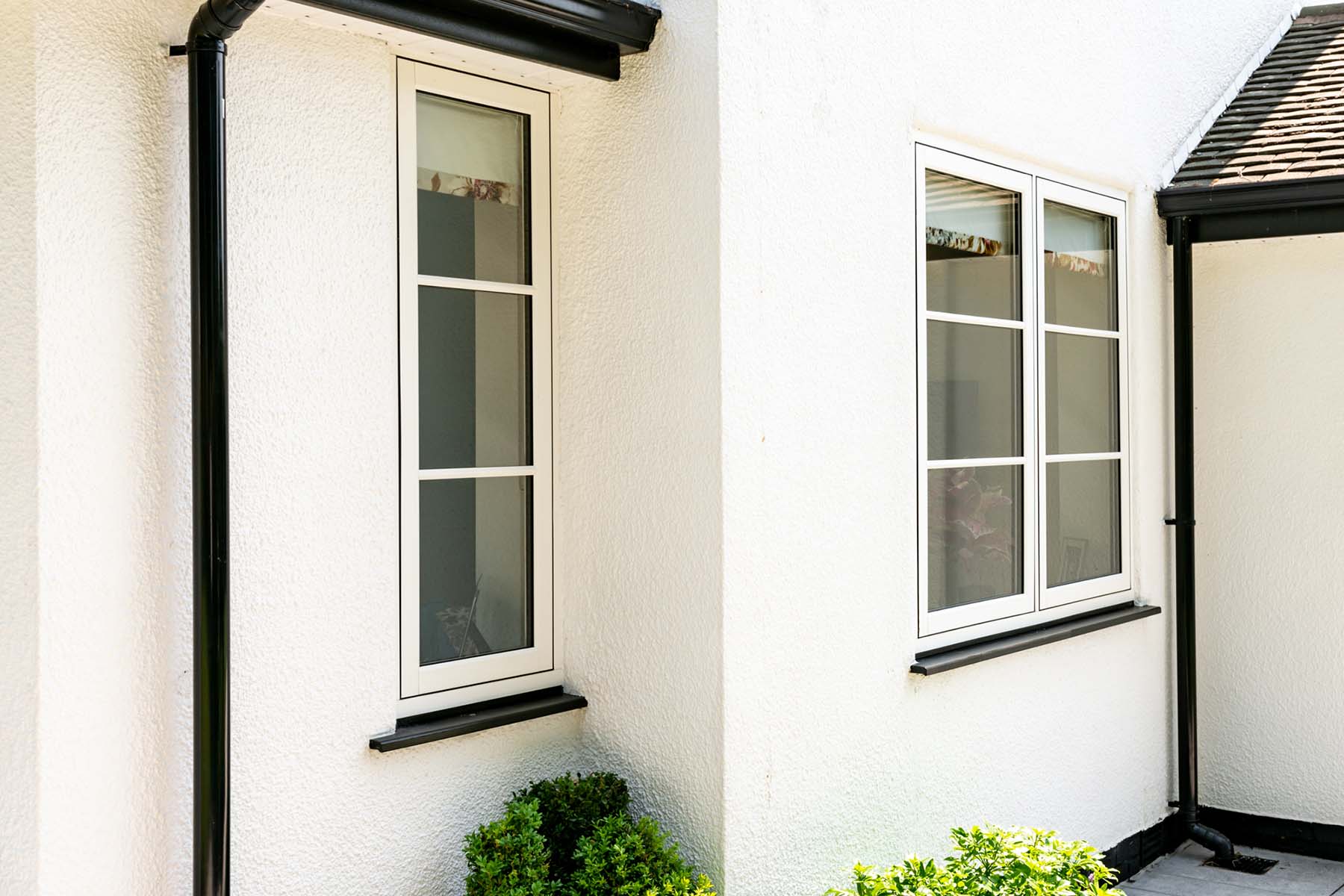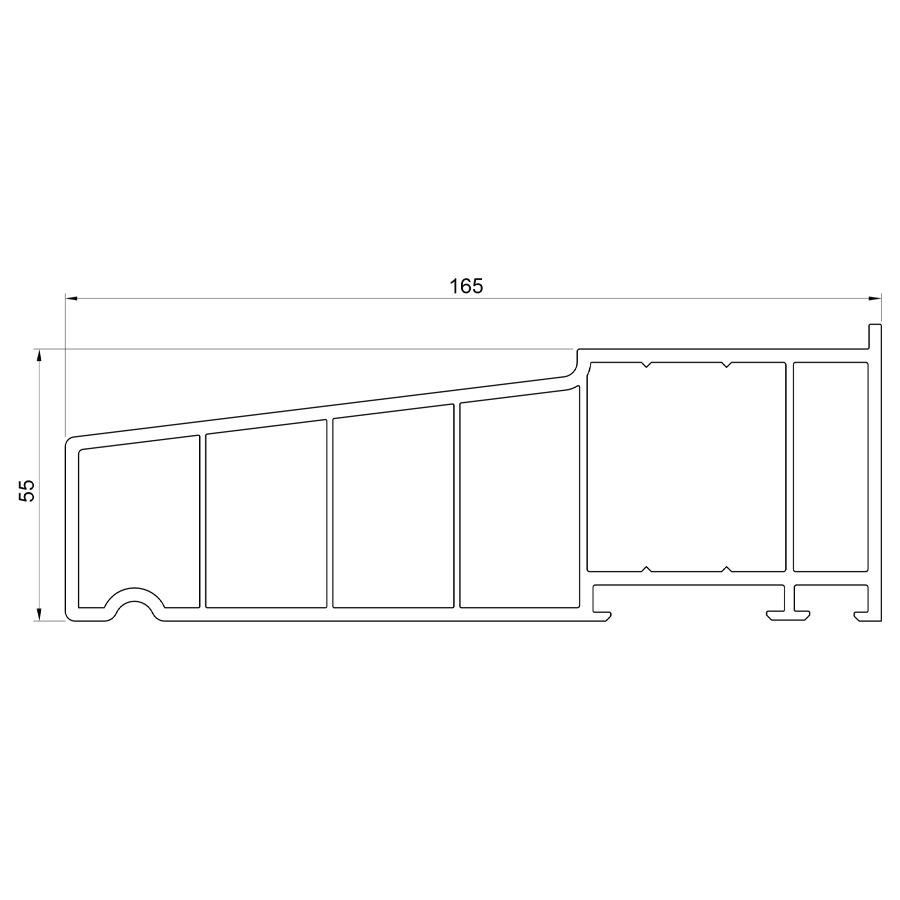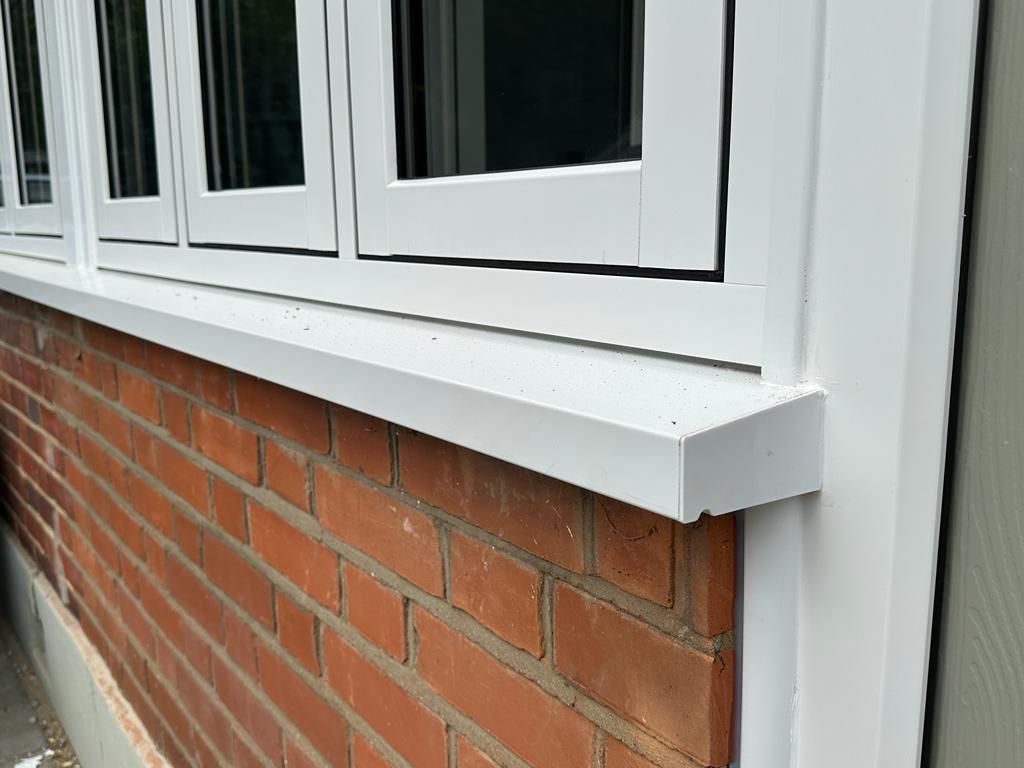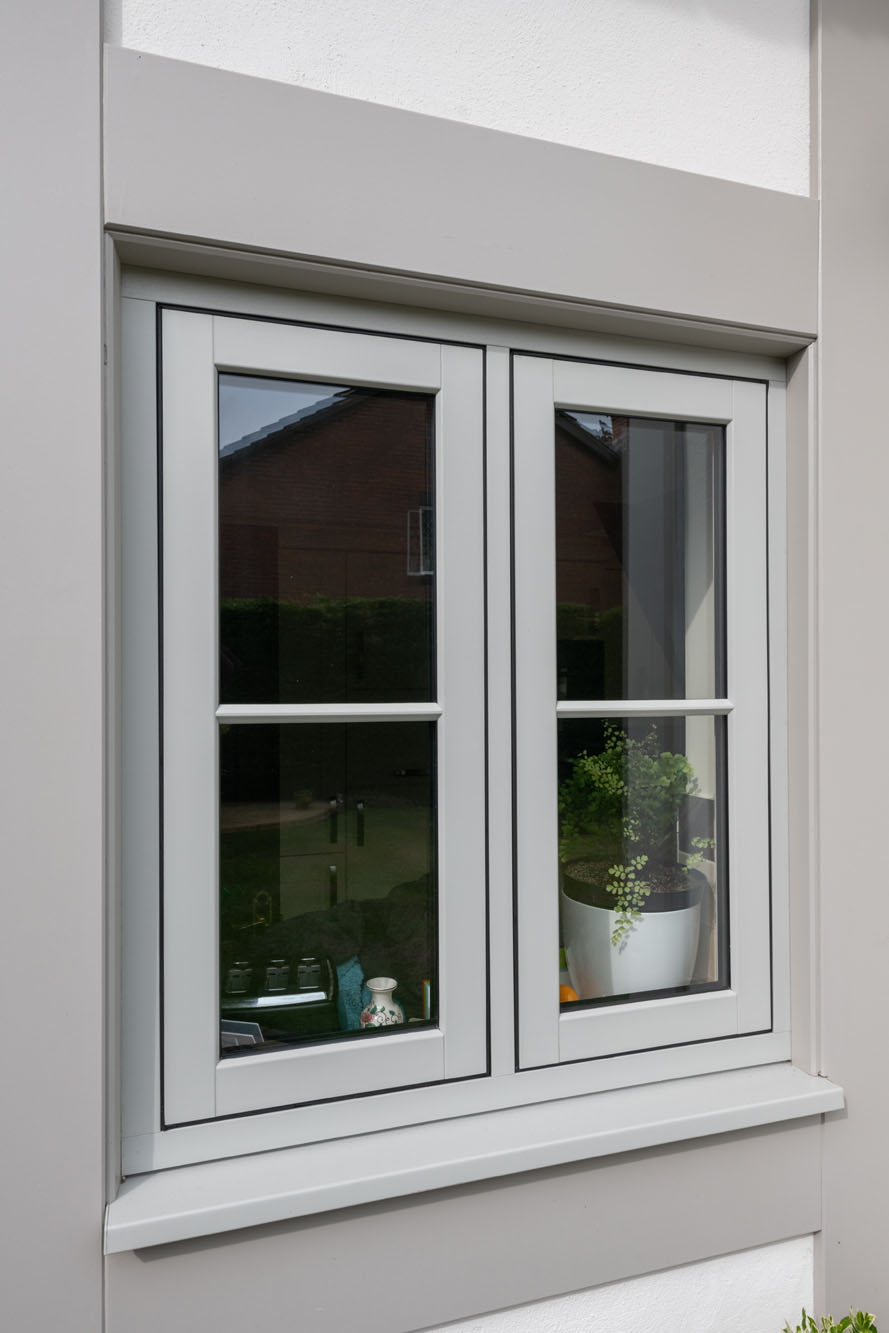The Timber Alternative
Heritage Flush Sash Windows
Timberlook flush sash windows combine traditional aesthetics with modern performance. Designed to suit historic buildings and contemporary homes, these uPVC timber alternative windows provide key advantages over timber frames, including improved insulation, security, and durability.
Thanks to their flush design, the sash sits level with the frame, reducing draughts and heat loss. Paired with double or triple glazing, these windows help maintain comfortable indoor temperatures and lower energy costs. The uPVC construction resists rotting and warping, requiring minimal maintenance over time.
Available in colours such as anthracite grey and light oak, Timberlook flush sash windows complement a range of property styles. Their equal sightlines allow for balanced aesthetics and maximise natural light. Approved for conservation areas, they replicate traditional timber frames while offering modern benefits, making them an ideal choice for both heritage and newbuild properties.
Flush Sash WindowsHeritage Style uPVC Windows
Flush Casement Windows
Our flush casement windows combine traditional design with modern performance. Suitable for both period and contemporary homes, they offer the look of timber with the durability and efficiency of uPVC.
The flush design creates a clean, symmetrical appearance with equal sightlines, making them suitable for both classic and modern properties. Available in a range of colours and woodgrain finishes, these windows can be customised to suit different styles.
Designed for efficiency, flush casement windows provide excellent thermal insulation, reducing heat loss and helping to lower energy costs. The multi-point locking system and tight seals improve security, while durable uPVC construction prevents draughts and water ingress.
With slim frames, these windows allow more natural light into your home while maintaining clear, unobstructed outdoor views. Resistant to warping and requiring minimal maintenance, they offer a long-lasting, practical solution for homeowners seeking style and performance in one.
Flush Casement WindowsTimeless Beauty Meets Modern Performance
Heritage uPVC Windows
Our Heritage uPVC Windows combine the charm of traditional timber with modern performance. Designed as a like-for-like replacement for wooden windows, they maintain the character of period properties while offering energy efficiency, security, and durability.
With authentic proportions and wood-effect finishes, these windows replicate the appearance of timber without the upkeep. The uPVC construction resists warping, rotting, and cracking, ensuring long-term reliability with minimal maintenance.
Heritage uPVC windows provide excellent insulation, helping to reduce heat loss and lower energy bills. Their multi-point locking systems and robust frames offer added security, while thermal efficiency keeps homes comfortable year-round.
Designed to suit conservation areas and heritage properties, these windows retain classic aesthetics while delivering the benefits of modern materials. A practical and stylish solution for homeowners seeking performance without compromising on tradition.
Heritage uPVC WindowsExpand Your View, Amplify Your Style
Bay and Bow Windows
Timberlook bay and bow windows create a striking focal point while increasing natural light and interior space. Designed as a timber alternative, these windows combine traditional aesthetics with modern performance.
The outward projection of bay and bow windows allows for a wider field of view, connecting your home with the outdoors. Their design increases natural light, making interiors feel brighter and more open. The additional space they create can be used for a seating area or extra storage, adding both function and style.
Beyond aesthetics, these windows offer practical benefits. Their energy-efficient construction reduces heat loss, while high-quality uPVC ensures durability with minimal maintenance. Multi-point locking systems provide added security, and improved ventilation allows for better airflow throughout your home.
Suitable for both period and contemporary properties, Timberlook bay and bow windows improve curb appeal while offering a practical and stylish way to increase space and light.
Bay and Bow WindowsClassic Charm Meets Modern Innovation
uPVC Windows
Upgrade your home with Timberlook uPVC windows, combining traditional aesthetics with modern performance. These high-quality timber alternative windows improve energy efficiency, security, and durability while requiring minimal maintenance.
Built to withstand harsh weather, uPVC windows resist cracking, warping, and fading, ensuring long-term reliability. Unlike timber, they do not require painting or staining, making upkeep simple and cost-effective.
With excellent insulation, these windows help reduce heat loss, lower energy bills, and prevent condensation build-up. Their multi-point locking systems provide increased security, creating a strong barrier against intruders. The combination of uPVC frames and double glazing also reduces external noise, creating a quieter indoor environment.
Available in various styles and finishes, Timberlook uPVC windows suit both period properties and modern homes. A practical and sustainable choice, they offer lasting performance without compromising on style.
uPVC WindowsExceptional features of our Timberlook windows
What Are the Key Features of Timberlook’s Wood Effect uPVC Windows?
Welcome to our FAQ section about Timberlook's wood effect uPVC windows. Here, we answer some of the most commonly asked questions to help you better understand the unique blend of traditional aesthetics and modern performance that our windows offer. Discover how Timberlook windows can enhance both historic and contemporary properties.
Contact UsWhat makes Timberlook's wood effect uPVC windows suitable for conservation areas?
Timberlook's wood effect uPVC windows are approved for conservation areas because they mimic traditional timber aesthetics while offering modern benefits like increased energy efficiency, security, and low maintenance, making them perfect for preserving the heritage of historic properties.
How does Timberweld technology benefit Timberlook windows?
Timberweld technology ensures that flush sash casement windows are fully sealed at the corners with a beautiful, high quality finish. This innovative construction method combines the classic look of timber butt joints with the precision and durability of modern welding.
Are Timberlook windows customisable to suit different home styles?
Yes, Timberlook windows offer bespoke options to complement any home style, from a modern townhouse to a country cottage. Homeowners can choose from additional decorative features like astragal bars and Monkey tail handles, and a wide range of colours to achieve a perfect match. We also offer beautiful wood effect finishes to replicate the look of traditional timber windows.
How do Timberlook flush sash windows improve energy efficiency?
Timberlook flush uPVC windows are crafted using modern materials and advanced technology, ensuring excellent thermal efficiency. This means they help to retain heat, reducing heating costs while maintaining the traditional charm of timber frames.
Can Timberlook bay and bow windows be used in modern homes as well as period properties?
Absolutely. Timberlook bay and bow windows blend traditional craftsmanship with modern performance, making them ideal for both period renovations and contemporary builds. Their timeless elegance enhances any property by creating a stunning focal point and increasing natural light.

Timberweld tech
Innovative technology, modern design
Our Timberlook windows are completely sealed using patented Timberweld technology. Timberweld is a method of construction which balances the aesthetics of traditional timber butt joints with the precision and accuracy of modern welding techniques. Using the Timberweld method to join the frame at each corner, we create frames that are completely sealed at the edges. With Timberweld technology, you get a quality finish that will transform the look of your windows.
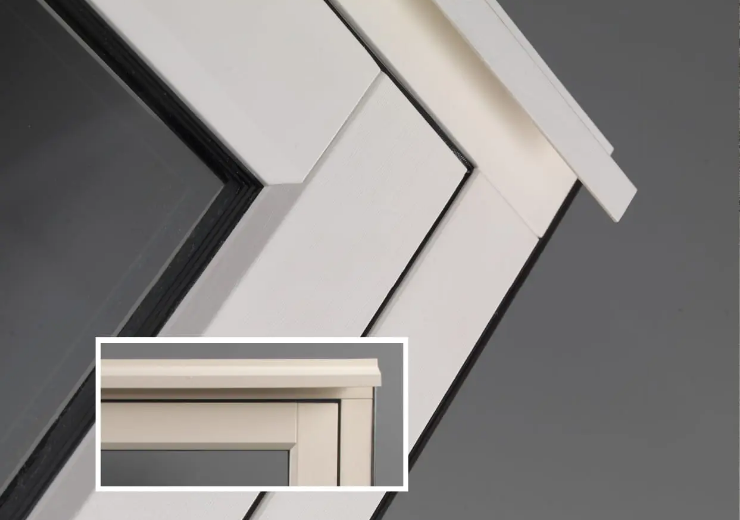
Concealed trickle vents
Concealed ventilation solutions for your home
You don't have to spoil the appearance of your new windows with unsightly trickle vents anymore. At Timberlook, we have come up with a solution - a head drip that can be attached to the Timberlook outer frame, concealing any external vent canopy. Our concealed trickle vents are designed with both aesthetics and functionality in mind, offering improved air quality while maintaining the sleek look of your windows.
Colours
Stylish Colour Choices to Suit Your Home
Our Timberlook windows are available in a range of standard colours, woodgrain foils and dual-colour options. With so many options available in our heritage colour collection, you are bound to find the perfect fit for your home.
Cills
Choosing the right cill for your Timberlook windows
We offer a choice of cill options to enhance your flush sash windows. Choose between the contemporary shallow cill that comes as standard or the Radlington Cill which has been designed to add a sophisticated charm to any property.
85mm Stubb Cills
These small but strong cills are often used for properties with stone cills, having been crafted to ensure that moisture is directed away from the frames, removing the risk of water ingress.
150mm Cills
As the industry’s ‘standard’, these cills protrude 80mm from the front of the frame. They offer long lasting protection, are virtually maintenance free, and come in a choice of colours.
180mm Cills
The 180mm cill is the largest cill we offer, protruding 110mm from the front of the frame. You’ll often find these cills in properties with frames that are recessed in the brickwork.
Hardware
Quality hardware to compliment your home
As standard, our flush sash windows are equipped with contemporary handles. However, you can customise them even further with our Premium Regency furniture. You have the option to choose from Peardrop and Monkey-tail handles to give your windows a unique touch.
Standard Handles
Our sleek window handles fit perfectly with Timberlook windows and won’t interrupt views. They are available in a wide range of colours to perfectly match our windows, and offer smooth and comfortable operation.
Monkey Tail
Inject distinctive character and timeless elegance into Timberlook windows with monkey tail handles. These elegant and durable handles add a touch of vintage charm while providing reliable functionality.
Pear Drop
Transform the look of Timberlook windows with classic and ornate pear drop handles. These handles combine timeless aesthetics with practicality, enhancing the beauty and functionality of our flush casement windows.
Related Information
Read Our Latest Timberlook Blog Posts
In our latest blog posts, you will find helpful insights into Timberlook windows and doors. Get clear advice about wood-effect uPVC, traditional window designs, and energy-efficient home improvements. Read these articles to find practical tips for upgrading your property.
Contact Us for Expert Window Advice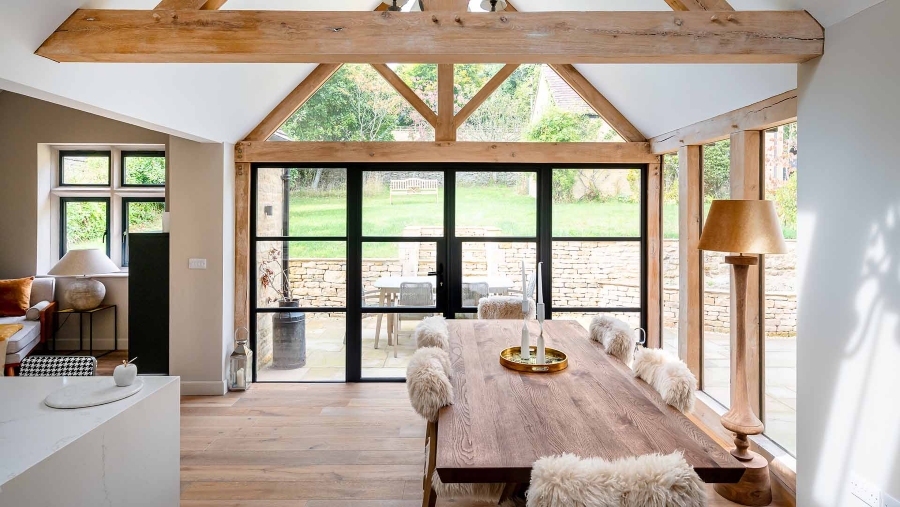
Timberlook’s Sister Brand: Introducing Decorio Steel Look Windows
28 October 2025
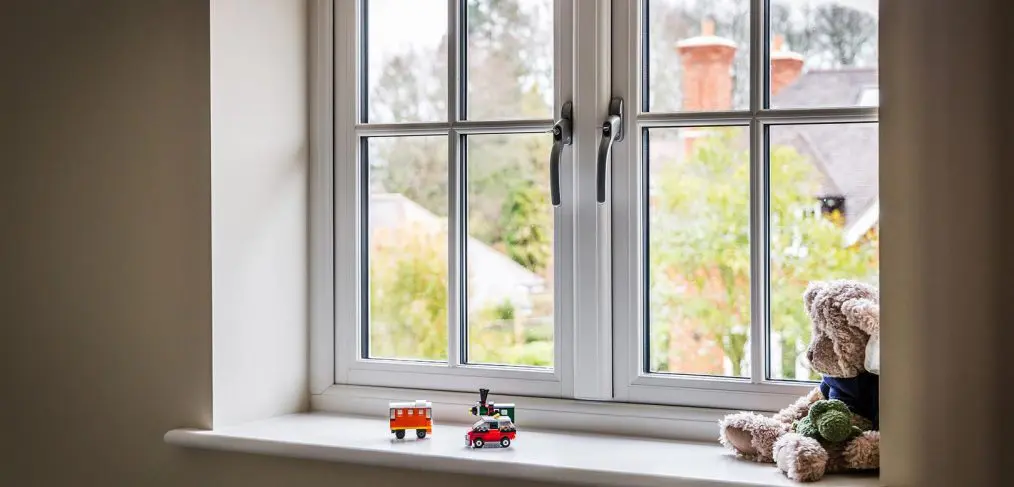
Window Energy Ratings Decoded: Understanding WER Certificates
22 October 2025
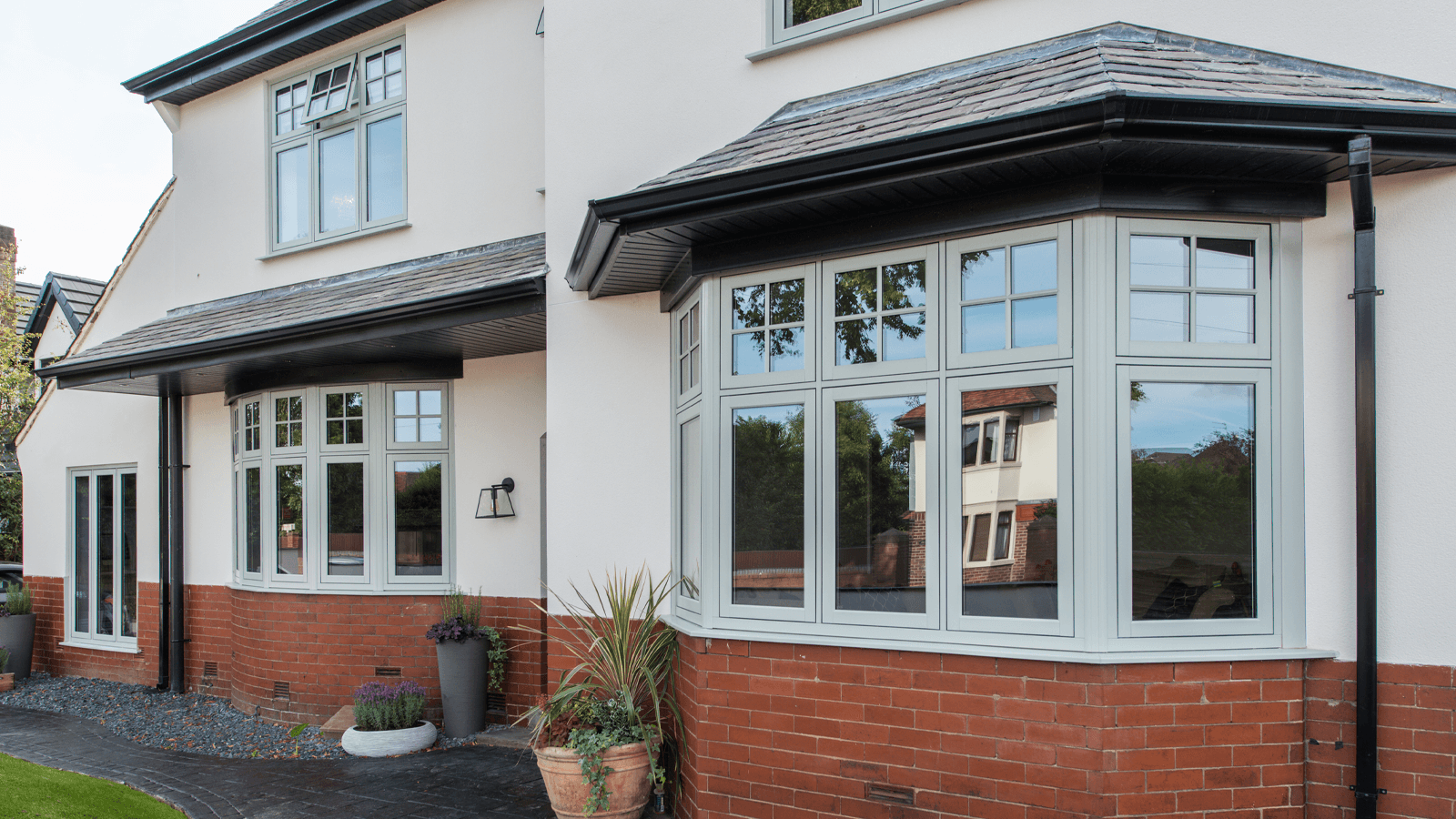
Victorian Window Restoration: When To Repair vs Replace
22 October 2025
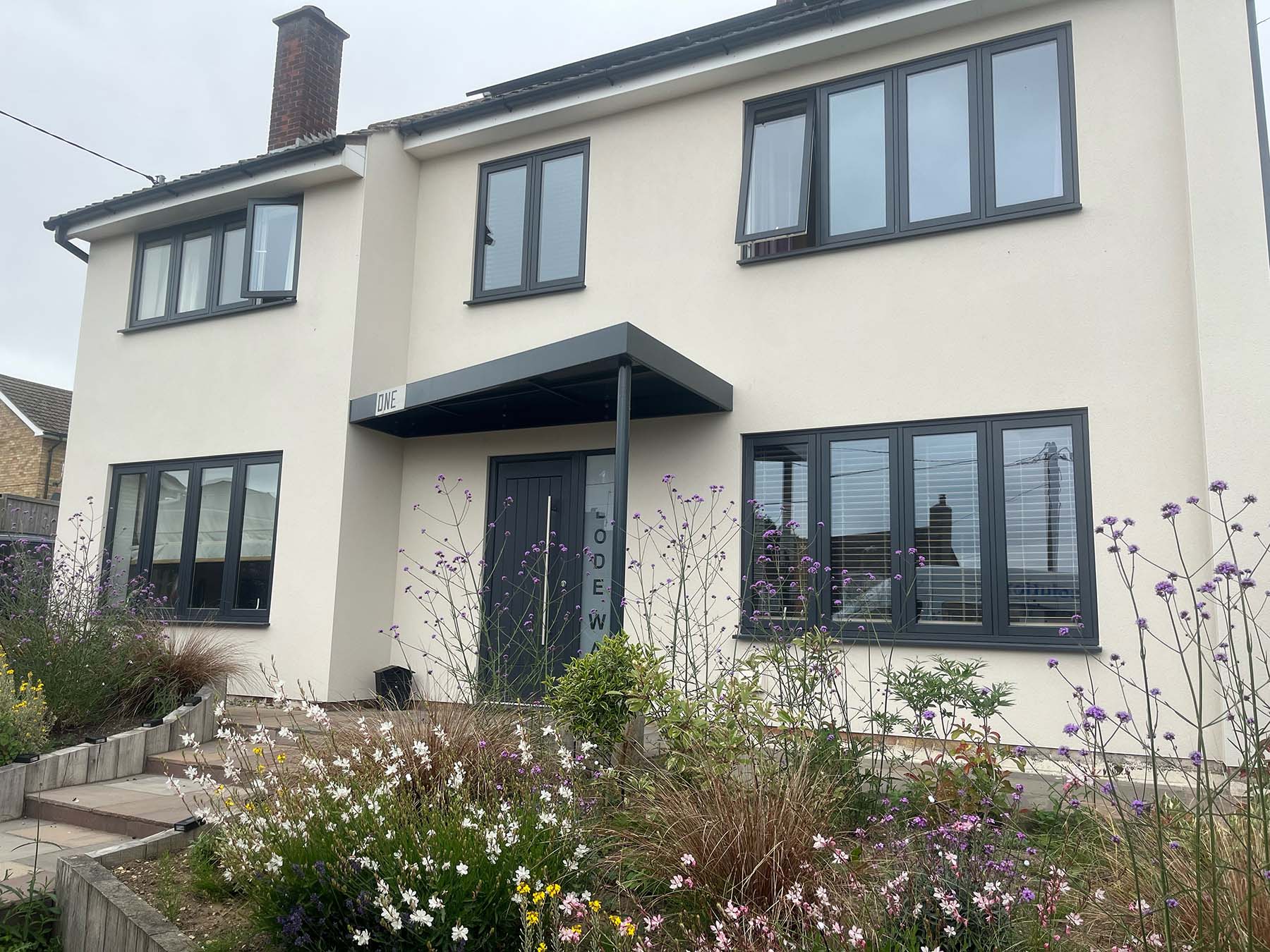
Stop Window Condensation Permanently: How uPVC Windows Solve Moisture Issues
30 September 2025
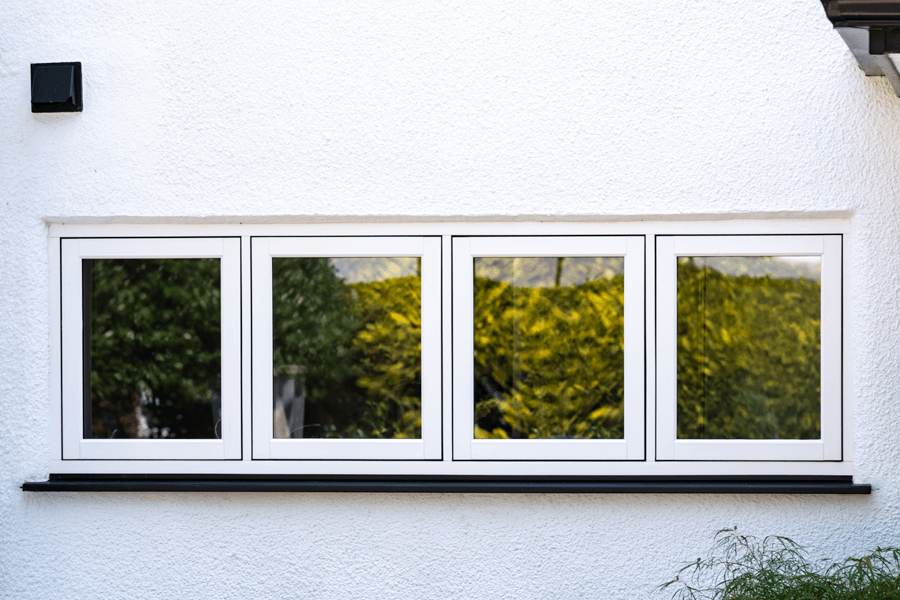
uPVC Windows For Rainy Weather: Protecting Your Home From Leaks And Damp
30 September 2025
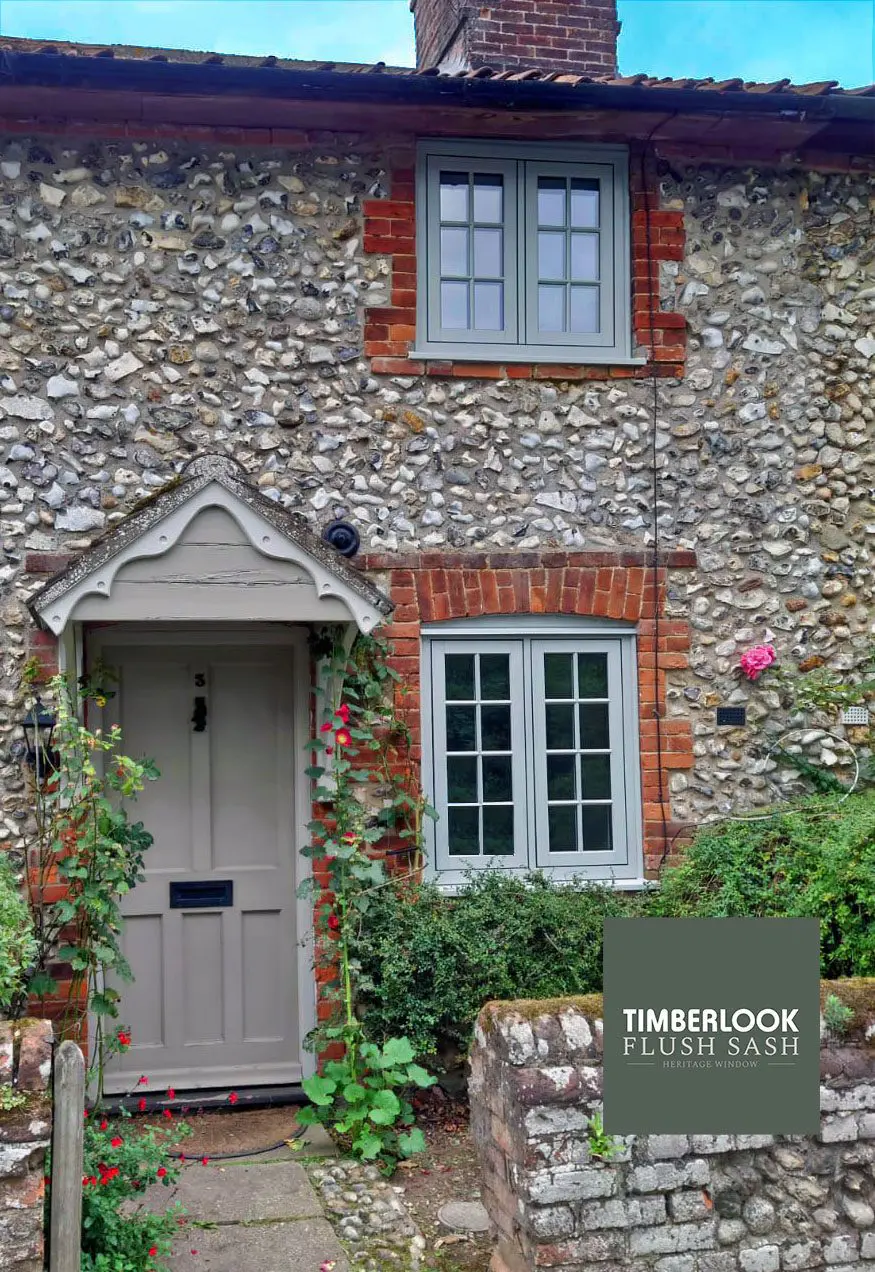
Cottage Window Upgrades: Preserving Charm With Modern uPVC Performance
19 August 2025
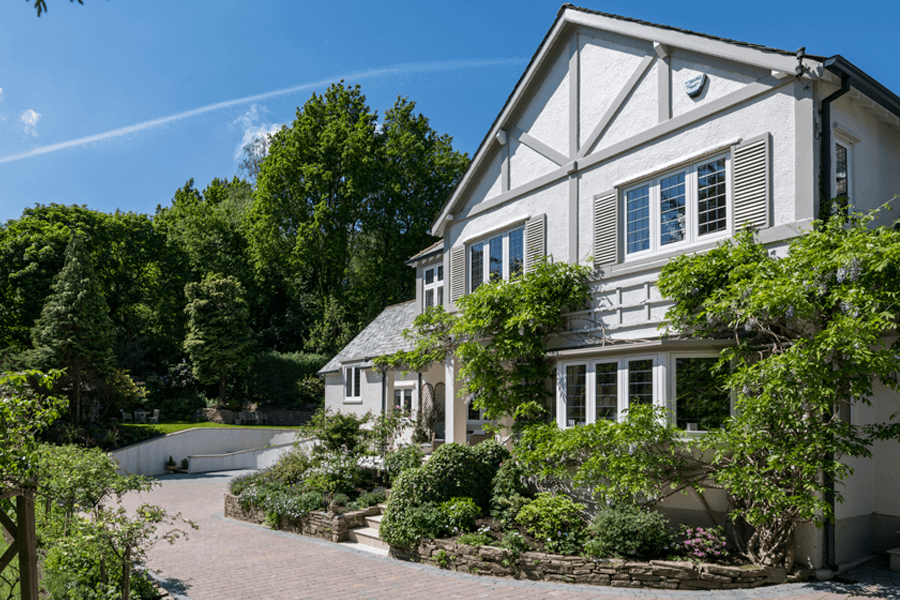
Period Property Window Replacement: Achieving Authenticity with uPVC
01 August 2025
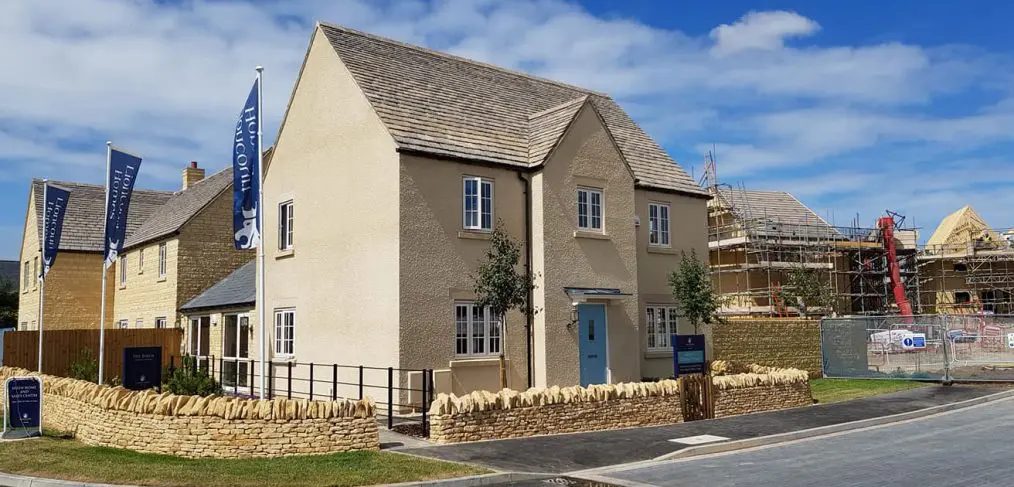
uPVC Window Maintenance: Hassle-Free Alternative to Timber
07 July 2025
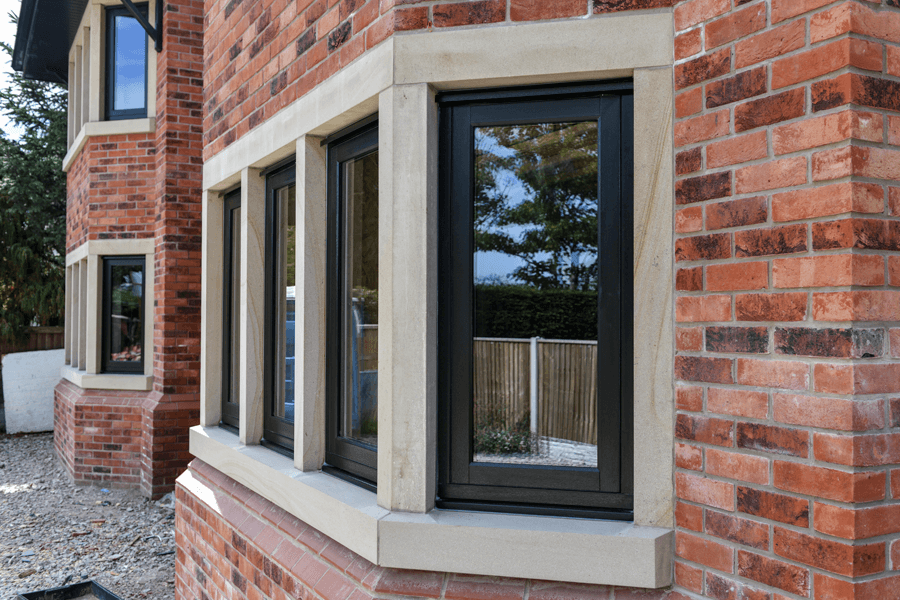
A-rated Windows vs Standard: Energy Savings Comparison
07 July 2025
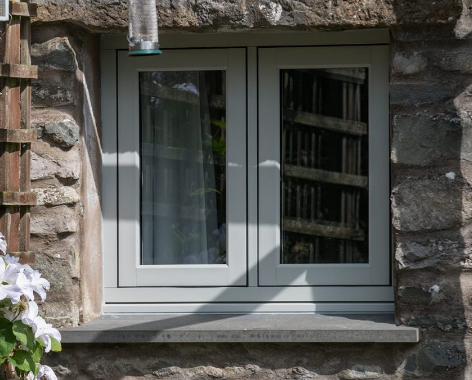
The Advantages of Heritage uPVC Windows for Period Properties
30 May 2025
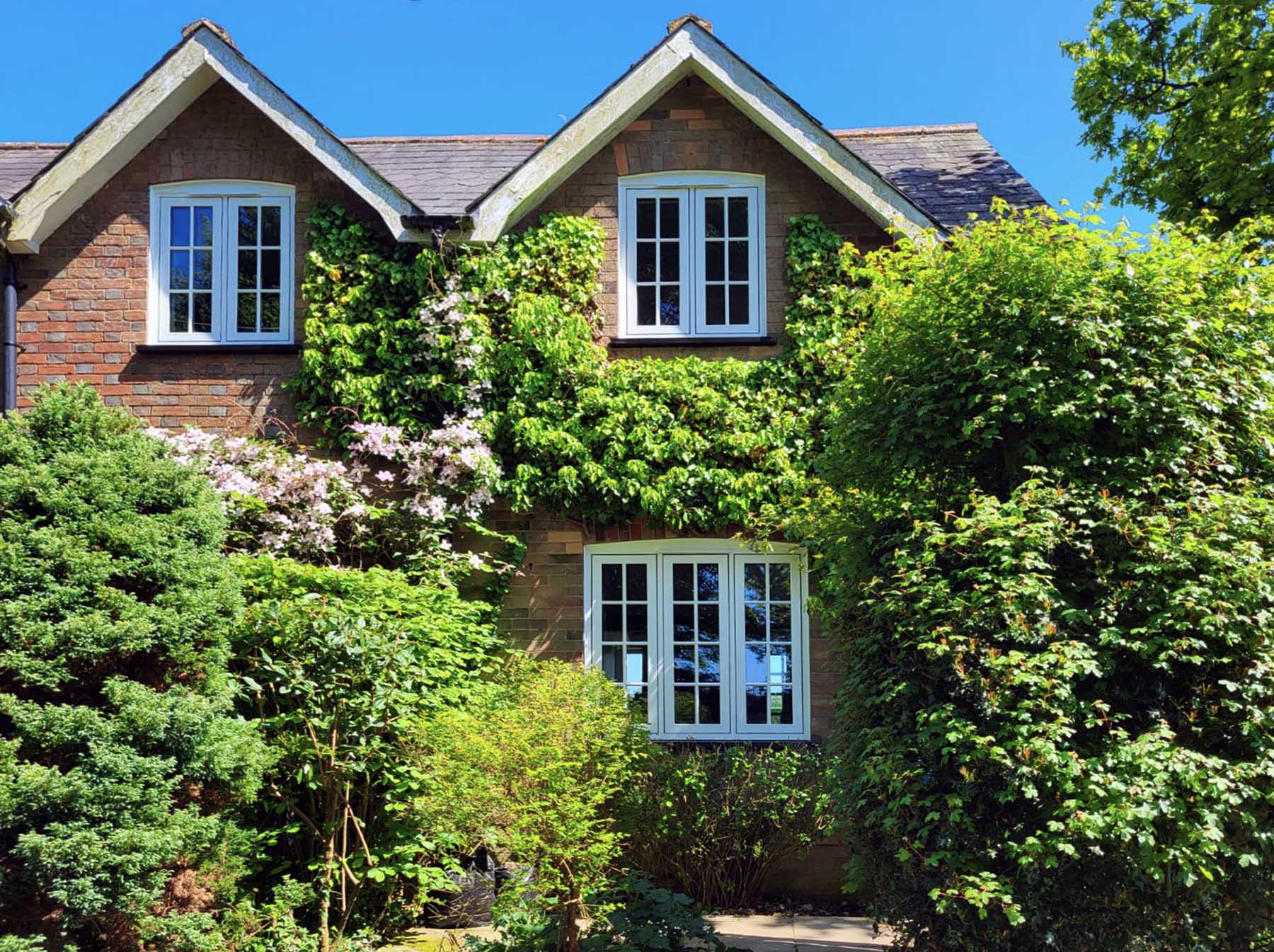
Cottage Style uPVC Windows: Bringing Country Charm to Your Home
30 May 2025
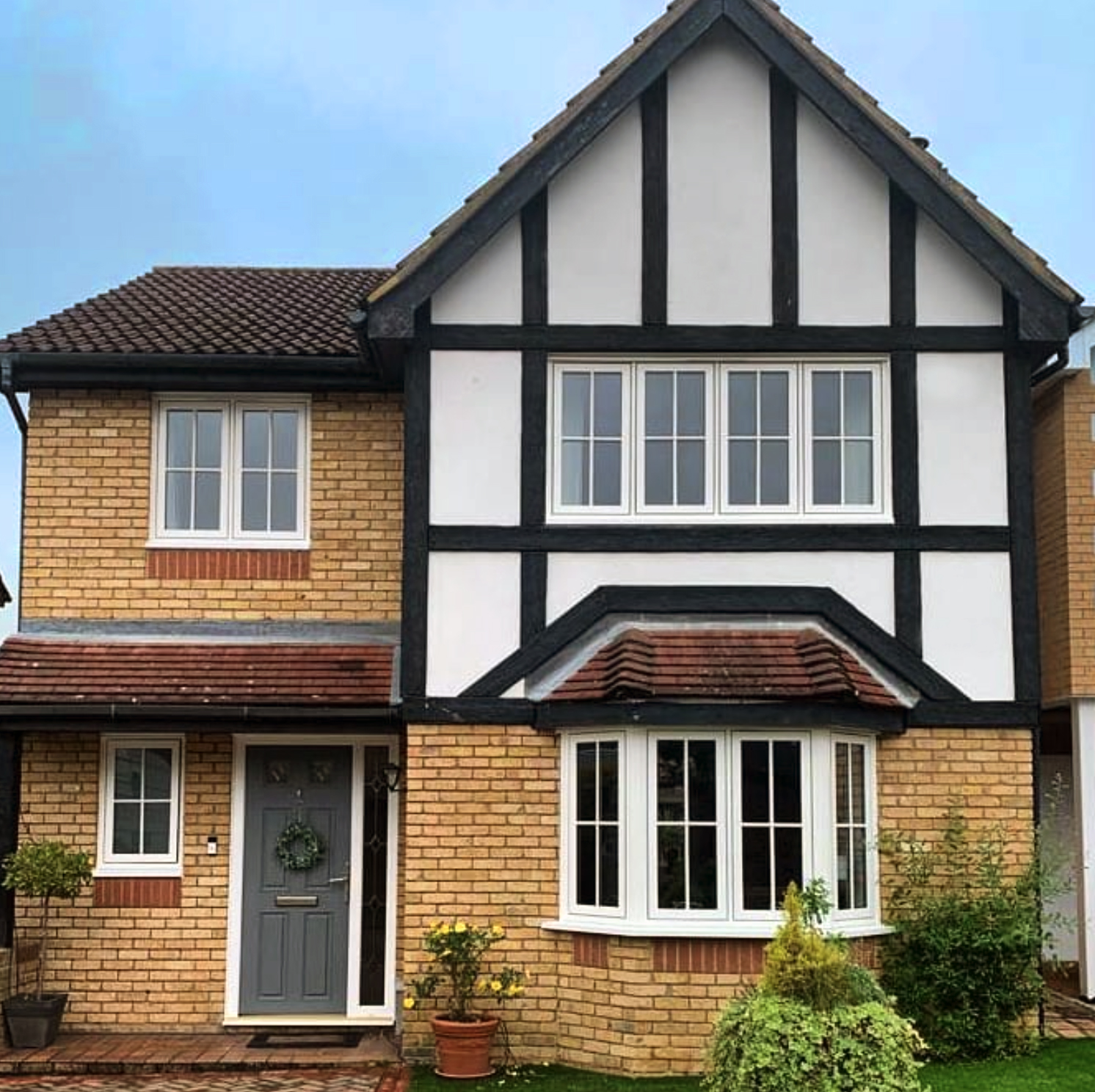
uPVC Flush Sash Windows: A Modern Twist on a Classic Design
10 April 2025
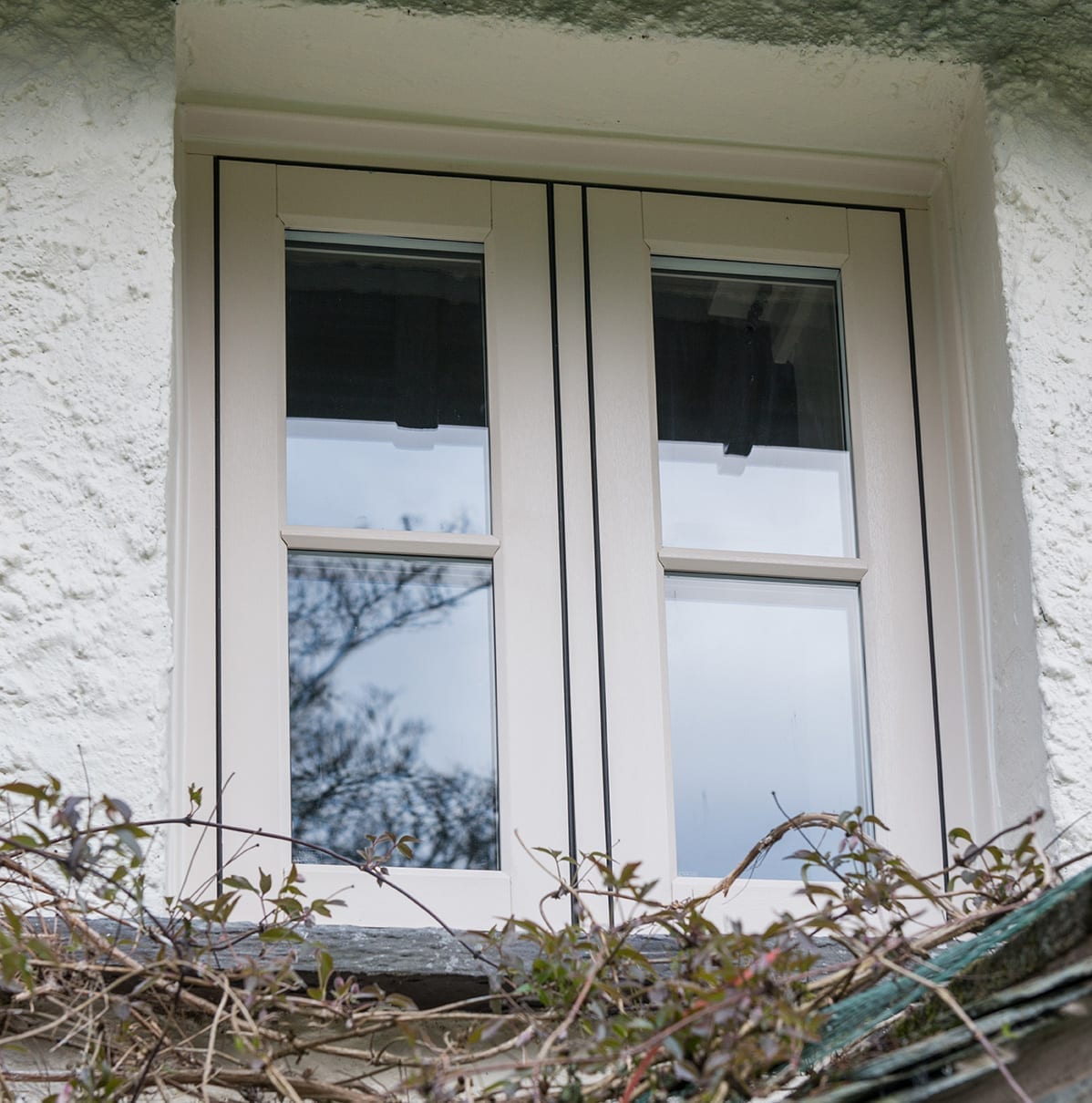
uPVC Cottage Windows: The Perfect Blend of Tradition and Technology
02 April 2025
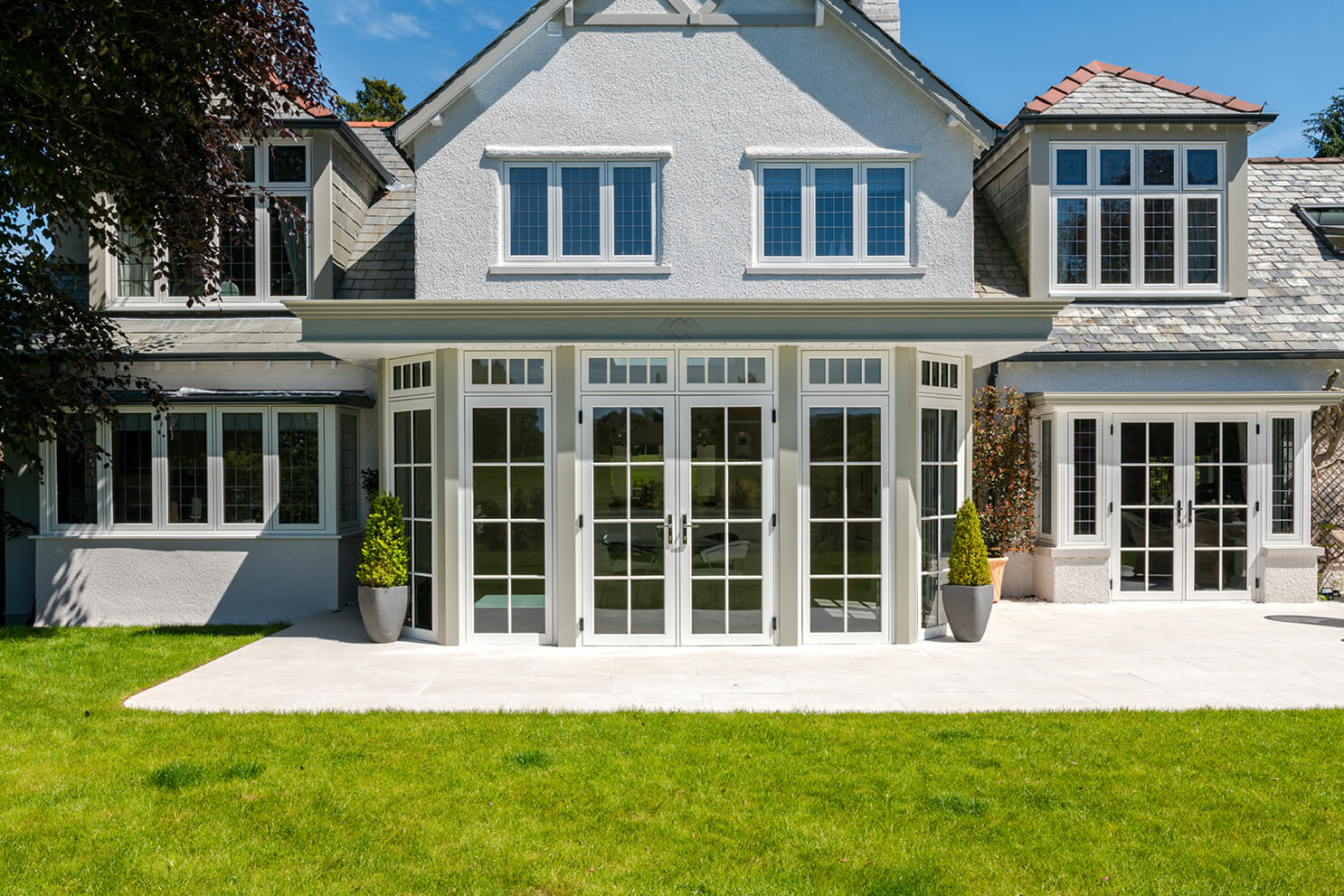
How Wood Effect uPVC Doors Can Enrich Your Home’s Kerb Appeal
02 April 2025
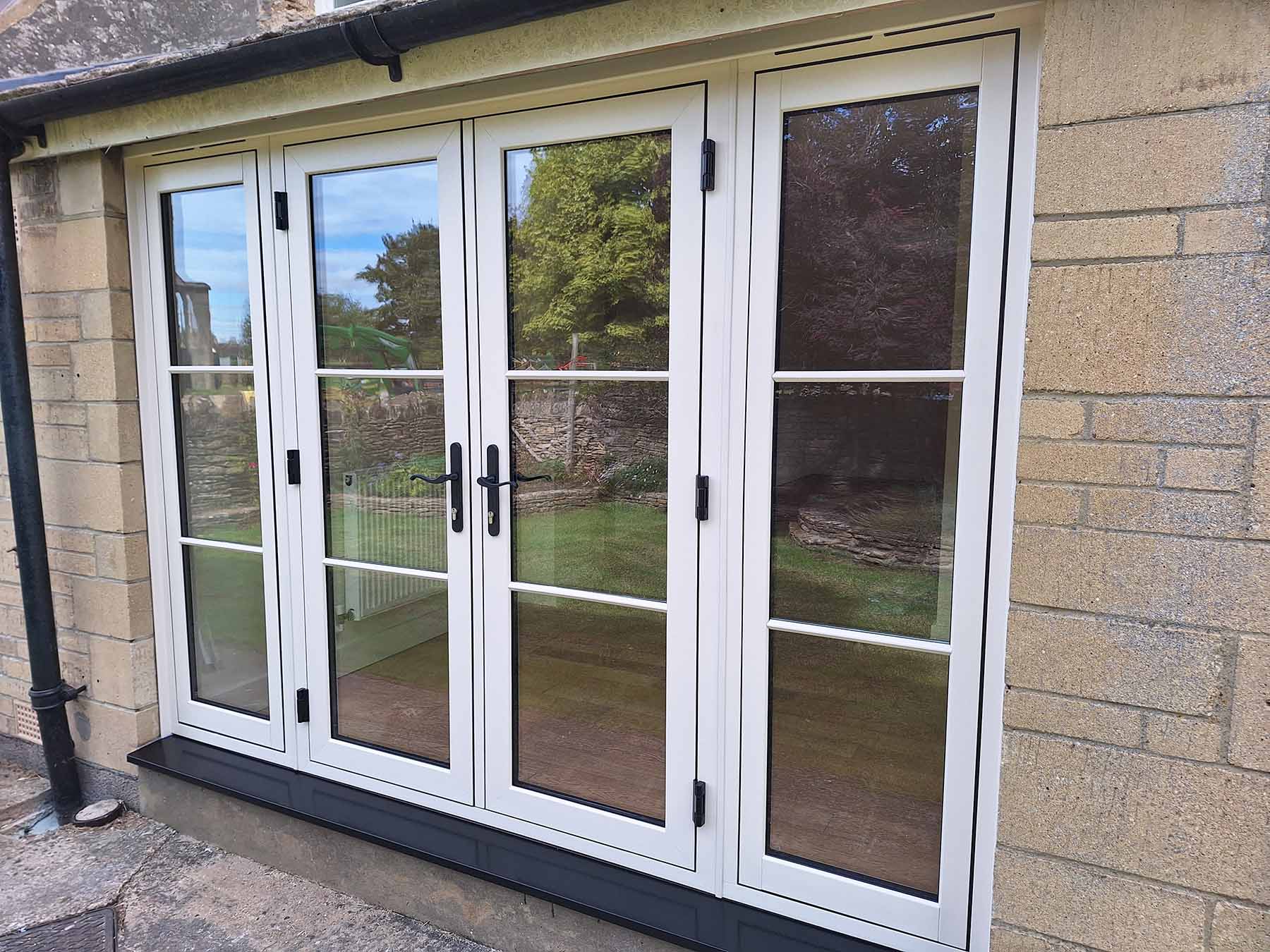
Heritage French Doors: Bringing the Outdoors In
19 February 2025
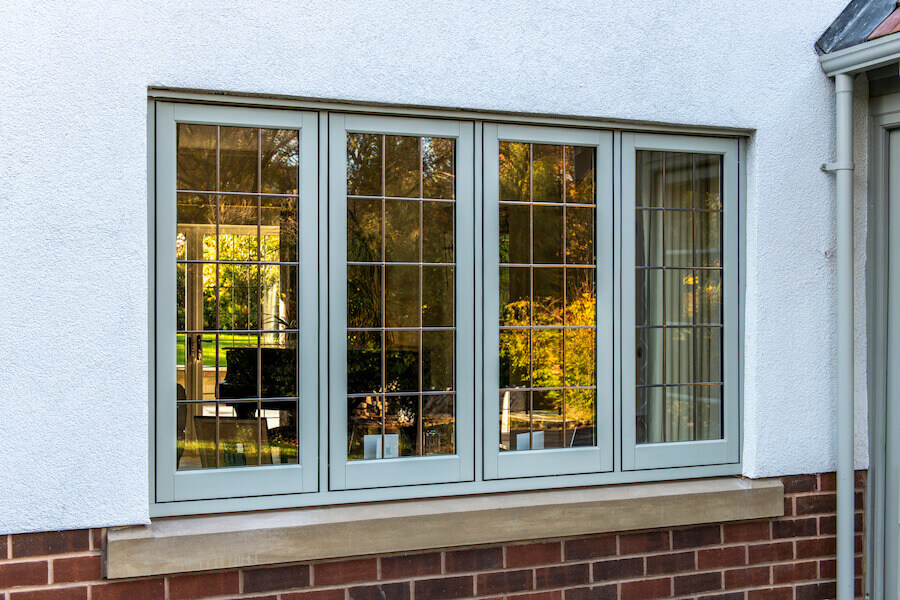
Georgian Bar uPVC Windows: Classic Looks, Modern Comfort
19 February 2025

Heritage Windows and Doors: Timeless Style with Modern Efficiency
04 January 2025

Timberlook: Conservation Area Replacement Windows
04 November 2024
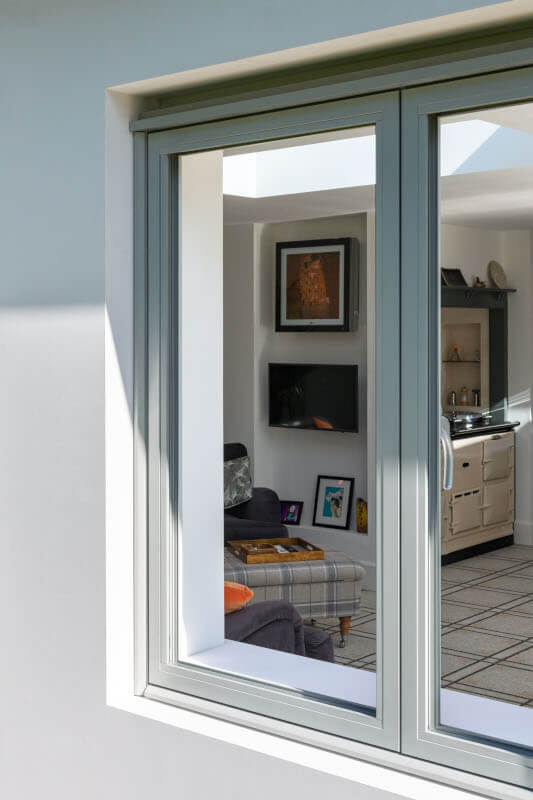
Are Traditional Casement Windows Outdated?
24 October 2024

Improving Your Home’s Energy Efficiency with Period uPVC Windows
01 October 2024
Find an Installer
Looking for a professional Timberlook installer in your local area?
At Timberlook, we have years of experience connecting homeowners nationwide with quality installers who provide competitive pricing and exceptional customer service.. Get in touch to get connected with your nearest professional Timberlook installer!

